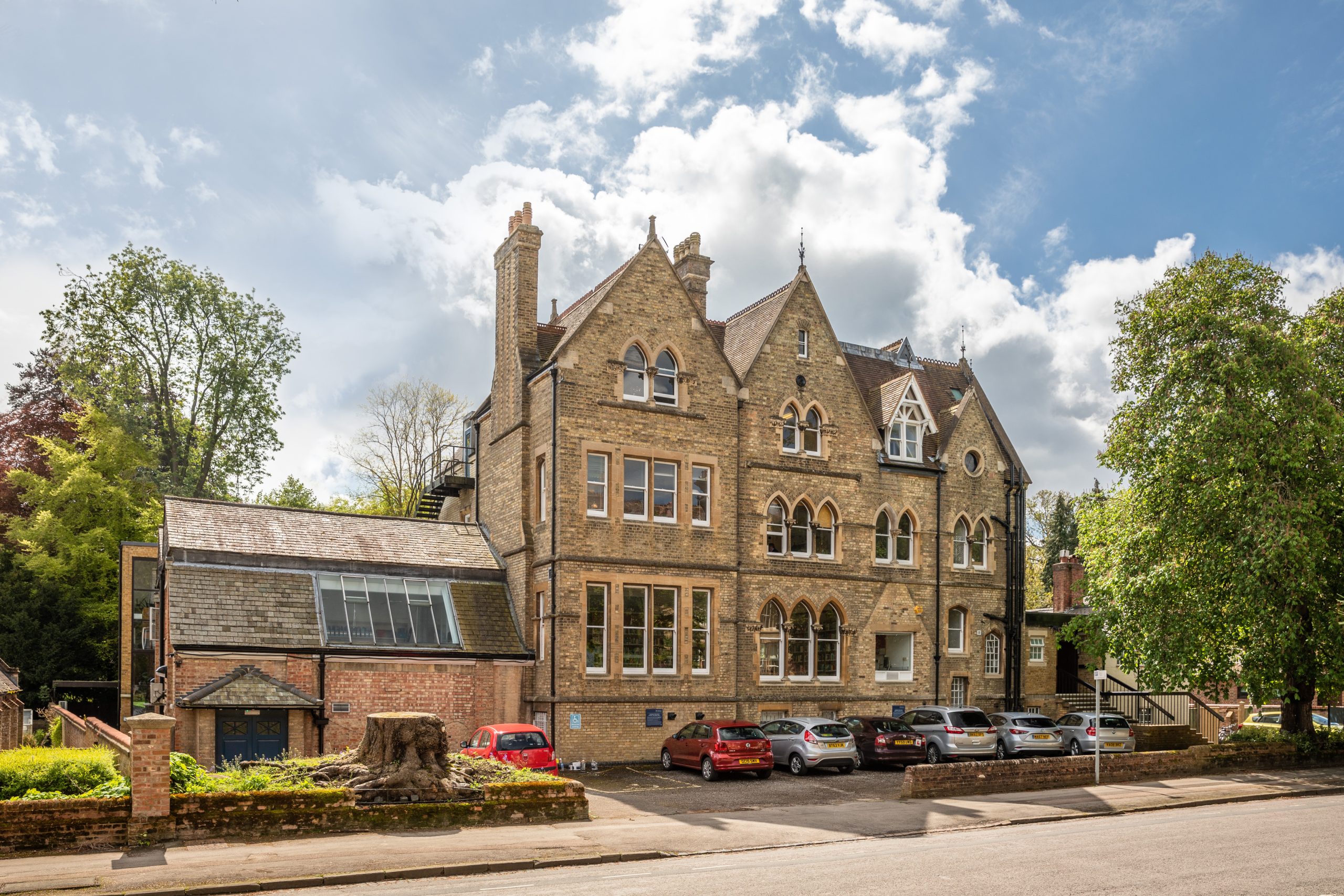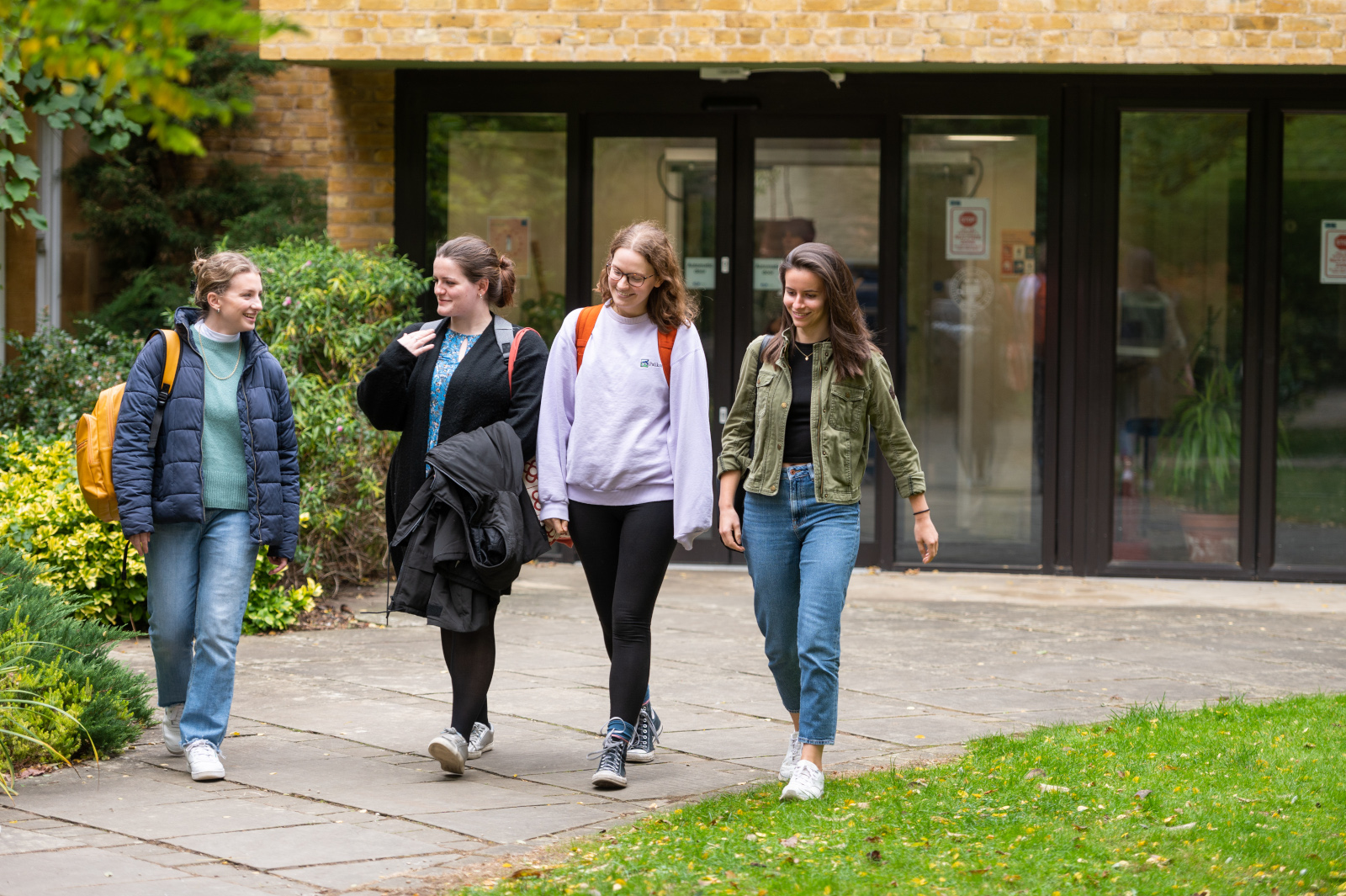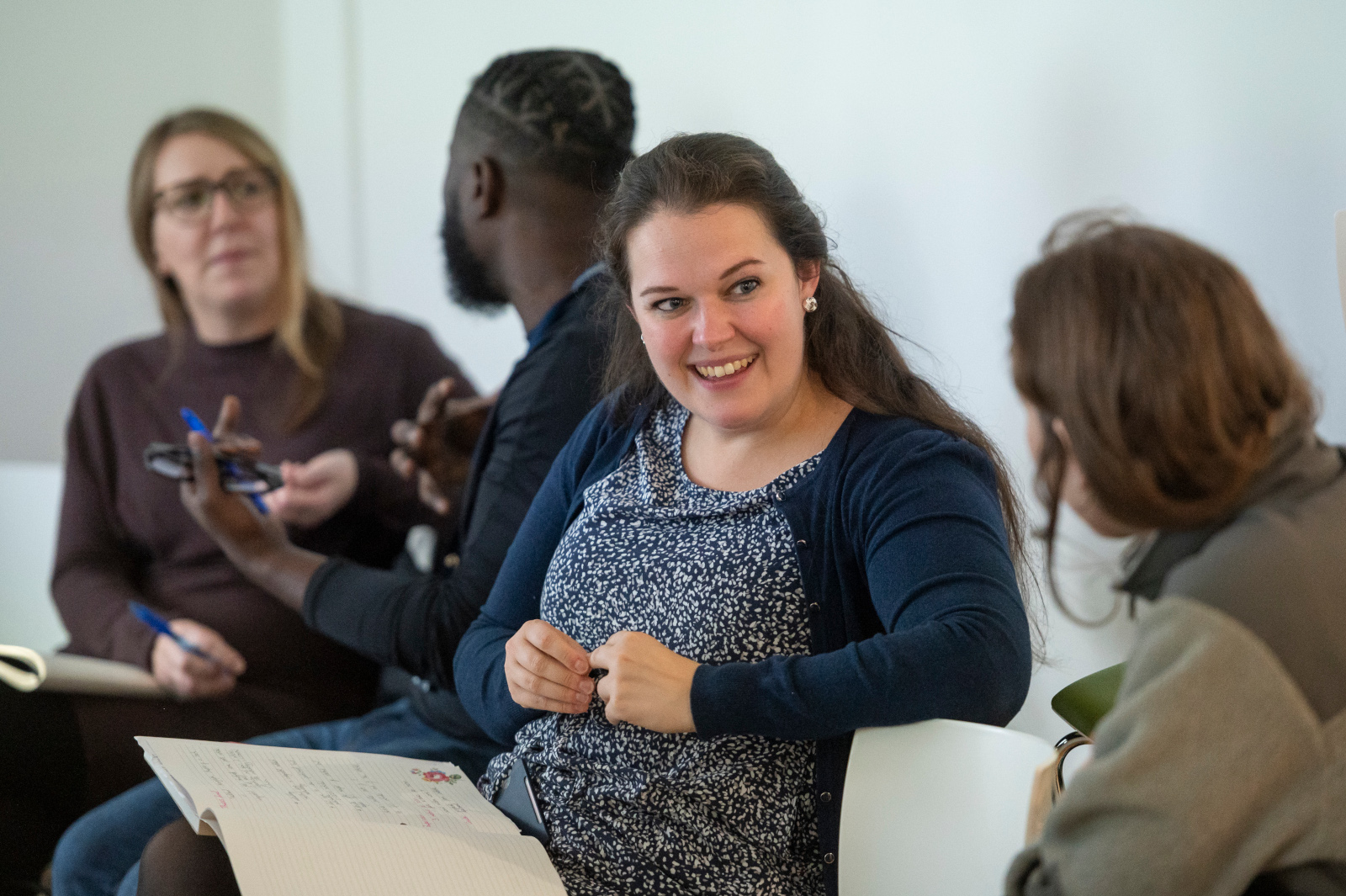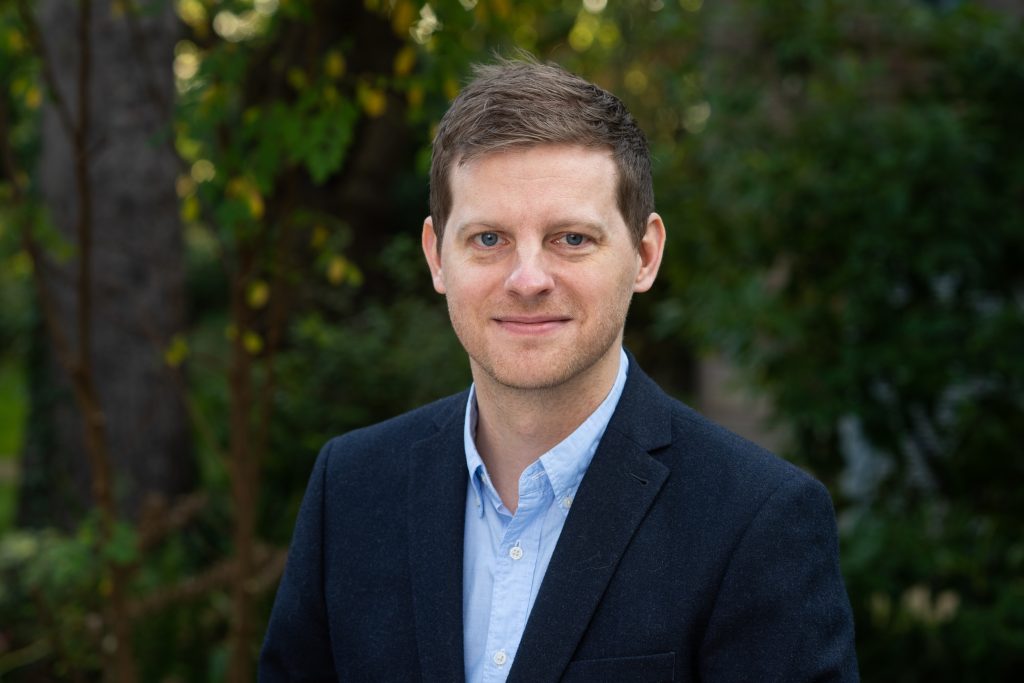Jim obtained a BA in Modern History and a MA in European History from University College London, followed by a MA in Teaching English to Speakers of Other Languages from Birkbeck College London. After this, he completed a PGCE in Secondary History and a MEd in Researching Practice at the University of Cambridge. He was awarded a PhD in Education from UCL. His doctoral research focused on the relationship between academic and school history, particularly in relation to literacy in secondary history curriculum design.
Jim taught and mentored in a number of state secondary schools and sixth form colleges. He was also a part of the Ofsted History Subject Working Group which provided advice on the new inspection framework’s development and implementation. He is an Honorary Fellow of the Historical Association and acted as Associate Editor for the HA’s professional journal Teaching History.
Jim’s research interests focus on history curriculum design, particularly literacy in history education, the relationships between academic and school history, and the interplay between overview and depth in history curricula.
Publications
• Carroll, J. E. (2022). ‘Terms and conditions: using metaphor to highlight causal processes with Year 13‘. Teaching History, 187, pp.40-49.
• Carroll, J. E. (2021). ‘Retheorising national assessment of the narrative mode for historical causal explanation in England’. History Education Research Journal, 18 (2), pp.148–65.
• Carroll, J. E. (2020). ‘Whose genres? Establishing curricular goals for students’ historical writing in England’ Teaching History (HTANSW), 52 (2), pp. 17-20
• Carroll, J.E. (2019). ‘Epistemic explanations for divergent evolution in discourses regarding students’ extended historical writing in England’. Journal of Curriculum Studies, 51 (1), pp.100-120
• Carroll, J. E. (2018). ‘Couching counterfactuals in knowledge when explaining the Salem witch trials with Year 13’. Teaching History, 172, pp.18-29
• Carroll, J. E. (2017). ‘From divergent evolution to witting cross-fertilisation: the need for more inter-discursive communication regarding students’ extended historical writing’. Curriculum Journal, 28 (4), pp.504-523
• Carroll, J. E. (2017). ‘From ‘double vision’ to panorama: using history of memory to bridge ‘event space’ when exploring interpretations of Nazi popularity with Year 13?. Teaching History, 168, pp.24-36
• Carroll, J. E. (2017). ‘I feel if I say this in my essay it’s not going to be as strong’: multi-voicedness, ‘oral rehearsal’ and Year 13 students’ written arguments’. Teaching History, 167, pp.8-16
• Carroll, J. E. (2016). ‘Grammar. Nazis. Does the grammatical ‘release the conceptual’? Teaching History, 163, pp.8-16
• Carroll, J. E. (2016). ‘Exploring historical ‘frameworks’ as a curriculum goal: a case study examining students’ notions of historical significance when using millennia-wide time scales’. Curriculum Journal, 27 (4), pp.454-478
• Carroll, J. E. (2016). ‘The whole point of the thing: how nominalisation might develop students’ written causal arguments’ Teaching History, 162, pp.16-24






